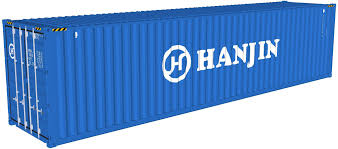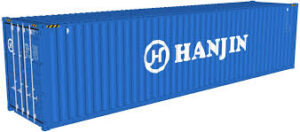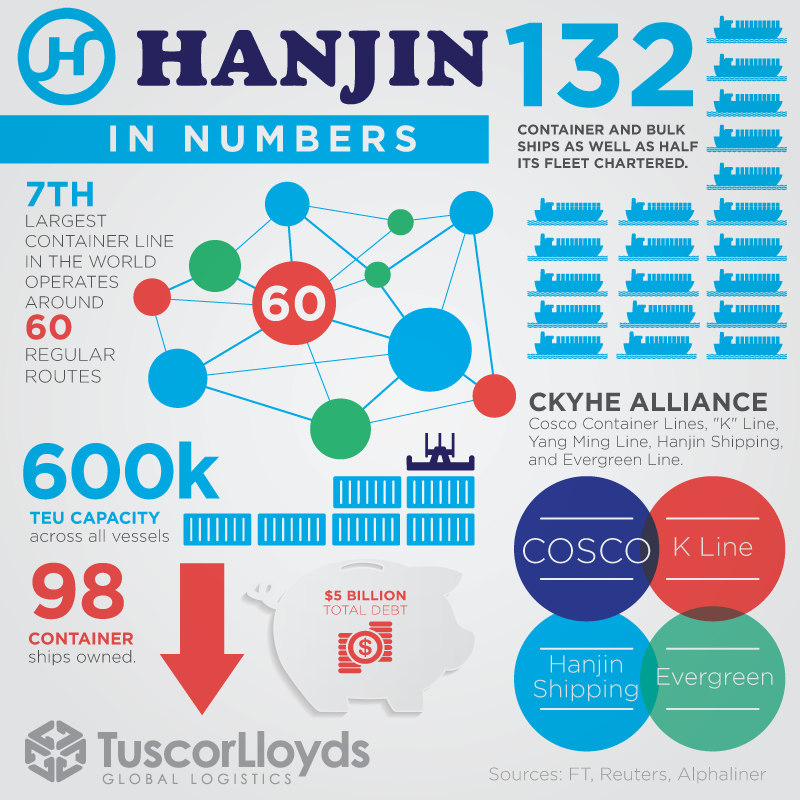
After Hanjin confirmed its collapse, things have escalated quickly.
Nearly half of Hanjin vessels have been refused from ports around the world, with ten ships and counting arrested at Asian Ports.
Freight rates between Asia-Europe and Asia-US are soaring as desperate shippers scramble to move their cargo from Hanjin vessels. The company have been suspended from the CKYHE alliance and shippers using the alliance partners may be caught up in the chaos, posing significant delays to cargo whilst the shock waves settle.
Hyundai Merchant Marine have already offered some support on the Asia – Europe routes deploying vessels on the trade lane to alleviate some of the headache for trapped shippers, (at a price of course).
Although it comes as no surprise that Hanjin announced its bankruptcy, the chain of events has sent a sobering wake up call to the industry of how quickly things unravel. Repercussions will be felt across global supply chains globally with US retailers urging government to intervene to minimise disruption.
See below infographic illustrating Hanjin's size in numbers.















May we all sit back and enjoy the show as our financial experts who have contributed to this fiasco watch it unravel.
Last time it was tankers, this time container ships?
Domestic airlines in the US are kept afloat by constant lobbying against high speed rail transportation.
And of course no one is responsible. 🙂
Anyone who relies on the financial experts for predictive analyses hasn't paid attention to the supply/demand cycle in this industry which has been driven the same way since at least 1970.
The airlines are joined by the trucking and regional bus lines opposing rail transport. Here in Florida public transportation is virtually non existent while traffic becomes ridiculous.
Could go on and on John but logic and short term greed don't go together.
Check the Harvard B school report of 2014 showing the predictable cycle in the shipping and trucking industry.
Reblogged this on Mar Equinoccial and commented:
Infographic: Hanjin Shipping Bankruptcy: Just the Tip of the Iceberg?
The consequences of Hanjin's collapse were actually much less earth-shattering than everyone predicted. Their market share was sucked up by the other carriers (primarily Maersk & HMM) & rates went up briefly but then came down just as quickly.
The impact on customers was actually much less than the impact on the carriers (as supply far exceeds demand & will for some considerable time to come.)
What is important about Hanjin's demise is that it has triggered a flurry of consolidation among the carriers, which is long overdue. Also, some carriers are considering their long-term future in the major east-west trades & looking to focus instead on niche markets.
The next big challenge will be effective regulation of the 3 global alliances & the 5 or 6 carriers that dominate them. They are squeezing out or merging with the little guys & next may come manipulation of capacity to force rates up. Not sure the regulatory framework is ready to contend with this eventuality.